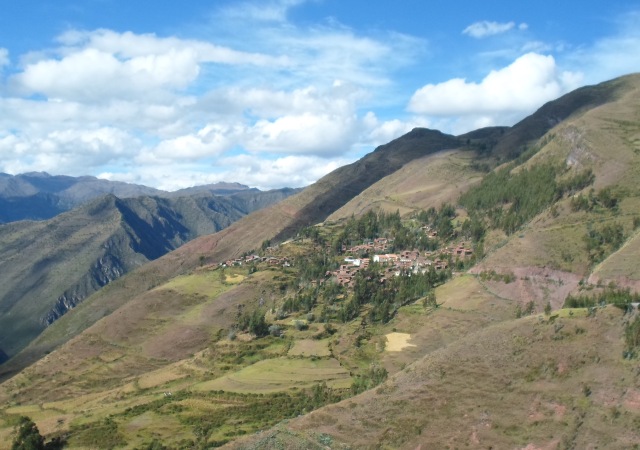Indicators, both quantitative and qualitative, are a huge part of all of our projects. They are how we measure the progress, success, and failure of our projects, and what we use to evaluate and improve them.
They are something that we openly define and discuss not only with our supporters, but also with the project participants themselves. Some indicators are clean-cut and easy to understand, such as the percentage of students who improved their grade in math from one year to the next, or school attendance. Others, however, require more context. One of the latter is the number of students that benefit from the project; and in the district of Colcha, it gets a little tricky.
Paruro is one of Cusco’s poorest provinces. It is a region that survives on agriculture and ranching, offering little in educational or professional opportunity. A mix of migration to distant cities coupled with the effects of sterilization programs of the Fujimori government (directed at women in rural communities in the 1990s) have left Paruro, and the Colcha district in particular, a region of aging communities. Simply put, there are very few young people around to maintain the population, and all sectors of development – especially education – are suffering as a result.
Out of all of the communities in Colcha that I visit, the largest primary school I have found has 27 students spread over six grades. The nursery schools rarely reach 10 students. The ministry of education dictates school budgets based on school population, and the minimum number of students per grade/classroom is expected to be 25. Which means that in many communities in Colcha, all six grades of primary school plus the entire nursery school do not even count as one classroom worth of state budget!
From the bureaucratic view of students per dollar, these schools are not worth the investment. Therefore, the schools receive little to no attention from the state and the NGO community. To label these schools as “forgotten” or “ignored” is an understatement, and it is why the Alma Foundation is creating new projects with the Colcha communities.
Though each dollar spent in these communities will not reach hundreds of children, every dollar will have a profound impact on each one of the children it does reach (wikipedia the law of diminishing returns if you don’t believe me).
The number of project beneficiaries is important and it is an indicator we always measure. However, the impact of the project on the beneficiaries who receive little to no assistance is also a necessary consideration. Just ask the parents, teachers, and students in Colcha.
by Ian McGroarty, Program Director

